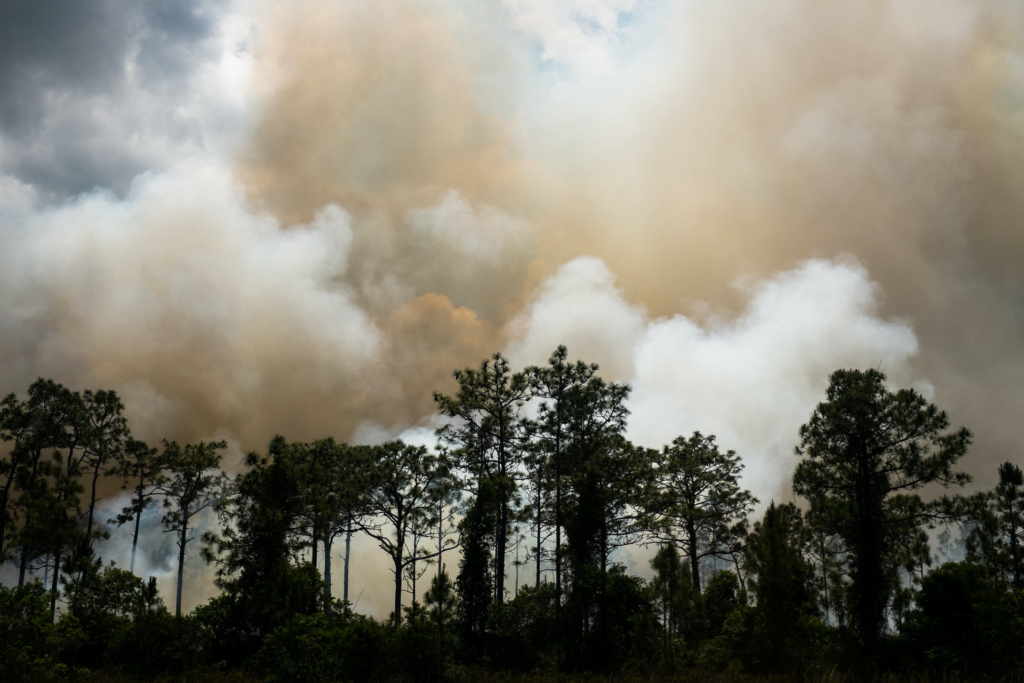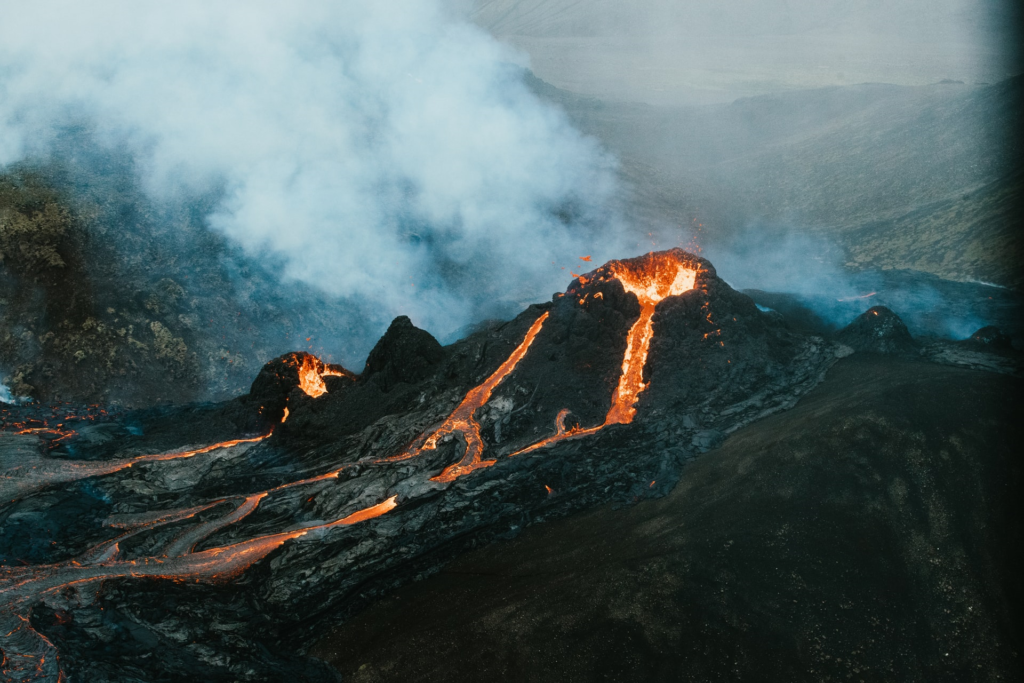(par 3.11 ) Carrying capacity and the Comprehensive Plan: Establishing and defending limits to Growth

https://www.bc.edu/content/dam/files/schools/law/lawreviews/journals/bcealr/28_4/06_TXT.htm Jonathan Douglas Witten Abstract: Natural and built resources have finite capacities for assimilating growth and associated impacts. The use of analytical tools such as carrying capacity analyses is recommended to assess the cumulative impact of land development upon these resources. Once carrying capacity thresholds have been established, local governments should apply appropriate regulatory controls to […]
(par 3.10.4) ‘Inappropriate’ back-burns could drive species extinct

http://www.abc.net.au/environment/articles/2015/03/02/4185527.htm Nardine Groch ABC Environment 2 Mar 2015 Mallee emu-wrens became locally extinct after fire raced through their habitat. Scientists warn that the wrong fire patterns could see more losses of threatened species across the country. IN LATE JANUARY 2014, after wildfires tore through two conservation parks in South Australia, researchers scoured the charred terrain […]
(par 3.10.4) Disturbance (ecology)

http://en.wikipedia.org/wiki/Disturbance_(ecology) From Wikipedia, the free encyclopedia Damages of storm Kyrill in Wittgenstein, Germany. In biology, a disturbance is a temporary change in environmental conditions that causes a pronounced change in an ecosystem. Disturbances often act quickly and with great effect, sometimes resulting in the removal of large amounts of biomass. Minor ecological disturbances may include fires, flooding, windstorms, insectoutbreaks and trampling. Earthquakes, various types of volcanic eruptions, tsunami, firestorms, impact events, climate change, and the […]
